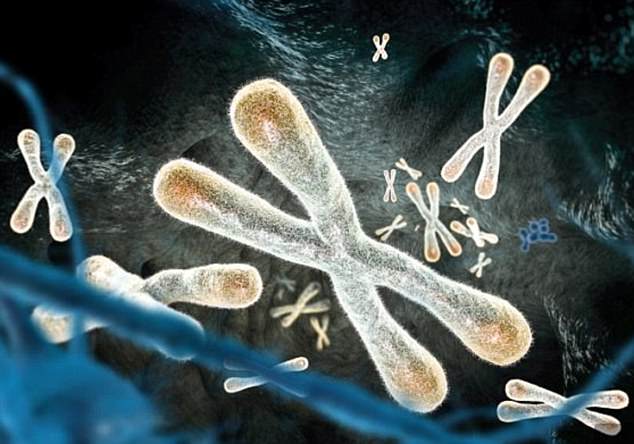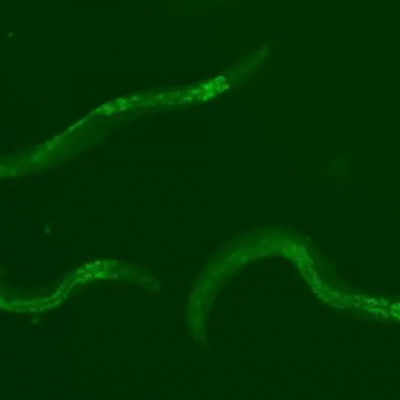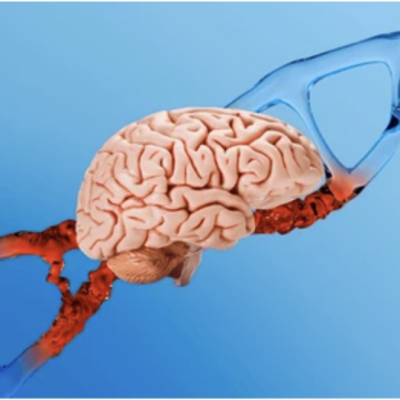Human genetic material, comprising 46 chromosomes, features telomeres on both ends, repeating nucleotide sequences that do not engage in protein synthesis but orchestrate the aging process. Elizabeth Blackburn, Carol Greider, and Jack Shostak shared the 2009 Nobel Prize in Physiology or Medicine for discovering the mechanism of chromosome protection by telomeres and the enzyme telomerase.
In 1980, Elizabeth Blackburn identified telomeres as DNA structures present in most protists, fungi, plants, and animals, including humans. The telomere repeat number in human chromosomes ranges from about 300 to 8000, with a nucleotide code of TTAGGG/CCCTAA
During cell division and DNA replication, telomeric DNA experiences irreversible shortening, directly linked to tissue aging as vital genes may be compromised. Telomeres act as gene shields, allowing cell duplication while causing gene erosion. The length of telomeres in some cells decreases from 11 thousand nucleotide pairs to 4 over a human’s lifespan, an inevitable process. Sperm and egg cells need to preserve chromosome integrity to pass important genes to each new generation. In 1984, Elizabeth Blackburn and Carol Greider discovered telomerase, an enzyme creating new stretches of telomeres, particularly active in sex cells during division.
In non-sex somatic cells, where telomerase is inactive, telomeres continue to shorten, contributing to physiological changes associated with aging and diseases like cardiovascular disease, diabetes, and cancer. Elizabeth Blackburn notes that telomeres maintain their normal size in tumor cells, emphasizing their significance in cancer research.










